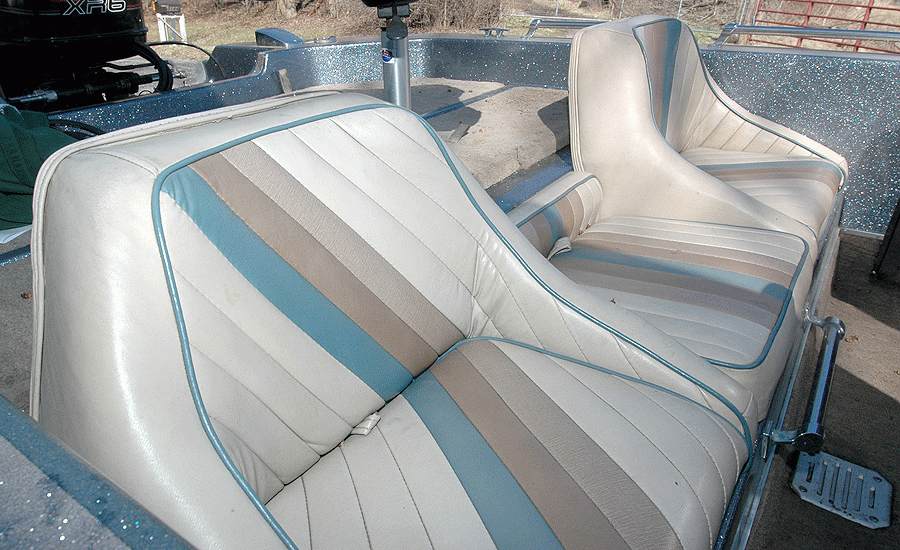
REPLACING SEATS
If the seats in your bass boat are worn, torn and ratty, hereâs how to replace them with new seats that look hot.
The wood in the driverâs seat of my 1990 Champion 184 had rotted and provided little support. It was time to upgrade. I ordered an awesome set of matching bench seats and a fishing chair from bassboatseats.com. This company offers seats in a variety of styles and sizes to fit most any bass boat.
























